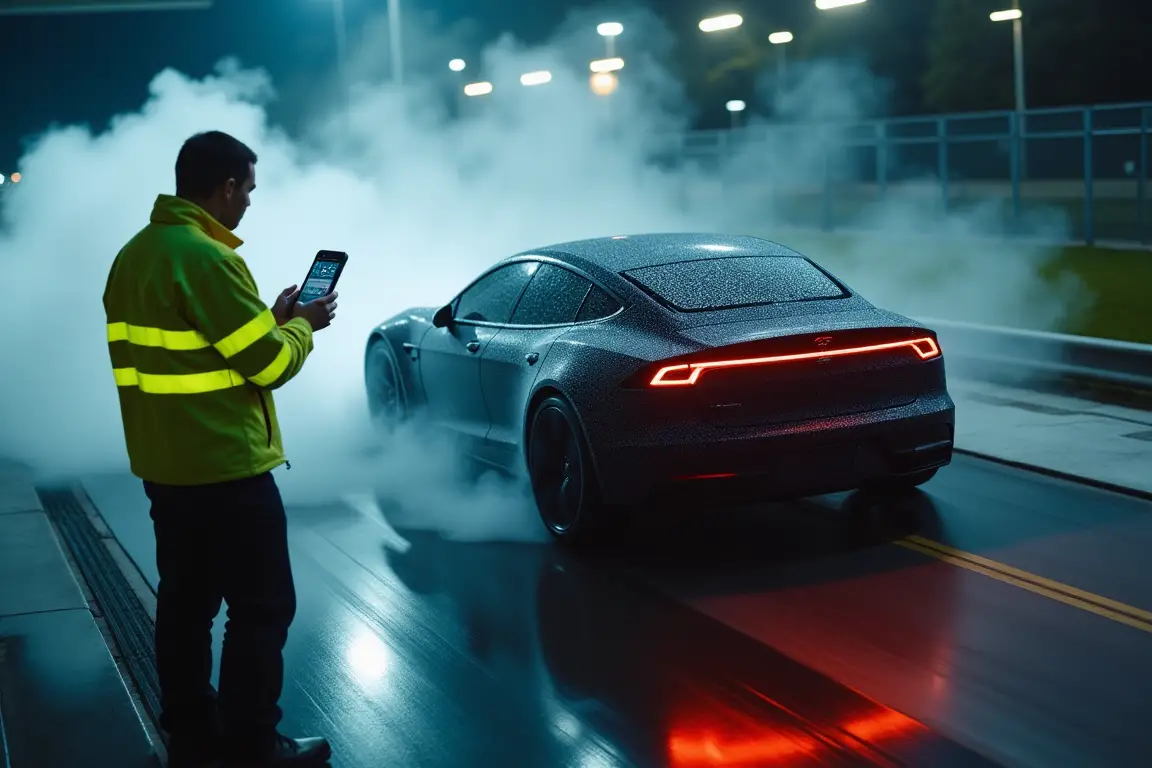Why Electric Vehicles Matter
Electric vehicles (EVs) are transforming the world of transportation. They’re not just a new trend—they’re a solution to the growing concerns over climate change, air pollution, and the future of fossil fuels. With more people and businesses adopting EVs, we’re moving toward a more sustainable future. Let’s explore why electric vehicles matter:
- 🌍 Environmental Impact: Unlike traditional gasoline-powered vehicles, EVs produce zero tailpipe emissions, significantly reducing harmful pollutants in the air. This is crucial in fighting climate change and improving air quality in urban areas.
- 🛢️ Energy Independence: By relying on electricity instead of gasoline, EVs help reduce dependence on oil and foreign energy sources. This contributes to energy security and the shift toward renewable energy sources.
- 🌱 Renewable Energy Integration: EVs can be powered by renewable energy like solar and wind, making them an integral part of the clean energy transition. Using renewable electricity to charge your EV reduces your carbon footprint and supports a cleaner grid.
Key Components of Electric Vehicles
Electric vehicles are built differently from traditional cars. They rely on several key components that work together to provide a clean, efficient driving experience. Let’s look at these essential parts:
🔋 Battery System
The battery is the most critical component of an EV. It stores the electrical energy that powers the motor. Most EVs today use lithium-ion batteries, which are known for their high energy density, long lifespan, and ability to store a large amount of power. The battery’s size and capacity will determine the driving range of an electric vehicle. Battery technology continues to evolve, leading to longer ranges, faster charging times, and lower costs.

⚙️ Electric Motor
The electric motor in an EV converts the electrical energy stored in the battery into mechanical energy that drives the wheels. Unlike internal combustion engines, electric motors are much simpler, more efficient, and require less maintenance. They also provide instant torque, allowing for smooth and fast acceleration.
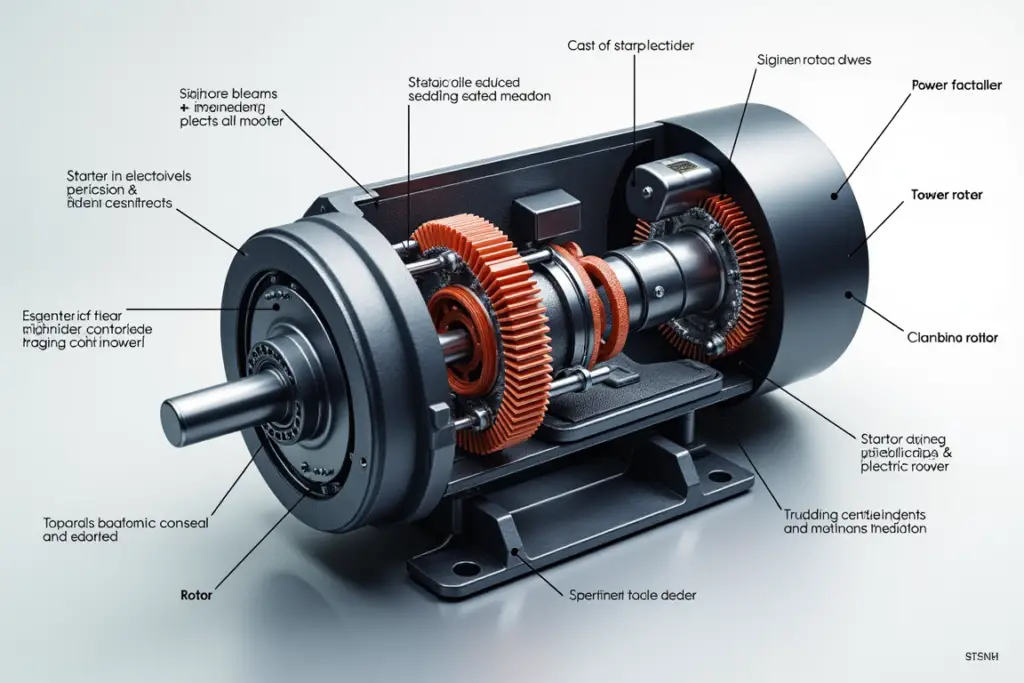
🔌 Charging System
One of the most significant differences between EVs and traditional vehicles is the charging system. There are various charging methods, including:
- Level 1 Charging (120V): This is the slowest method of charging, typically using a standard household outlet. It’s suitable for overnight charging at home.
- Level 2 Charging (240V): Faster charging, commonly found at public charging stations or installed in homes. It typically provides 10-20 miles of range per hour of charging.
- DC Fast Charging: This is the fastest charging method, designed for quick top-ups during long trips. It can charge an EV to 80% in around 30 minutes, depending on the vehicle.
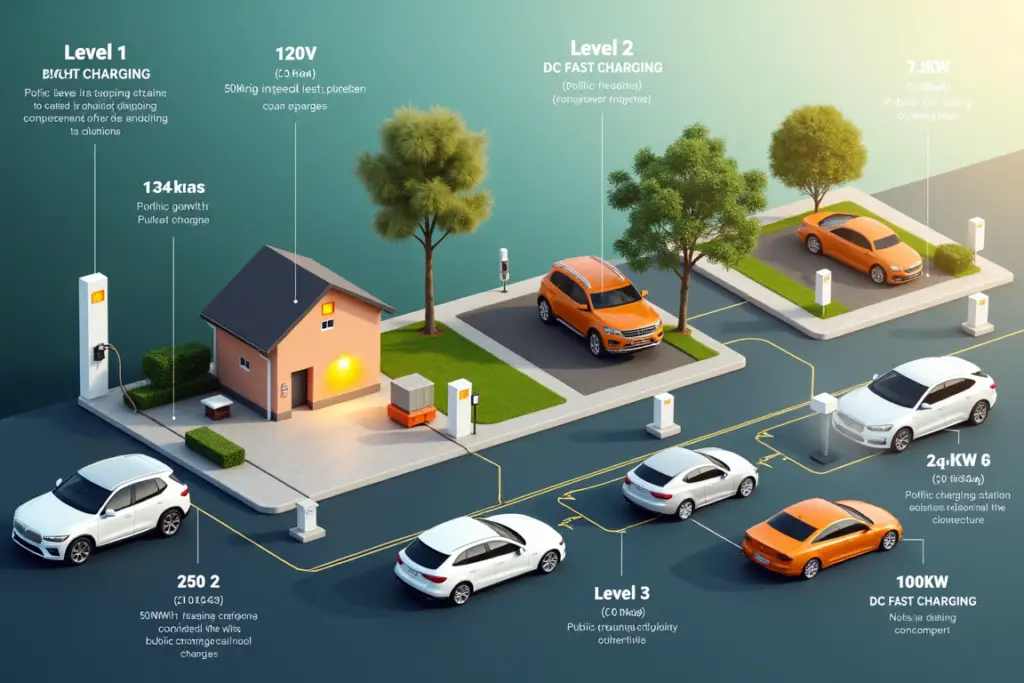
Types of Electric Vehicles
Electric vehicles come in several different types, catering to different needs and preferences. Below is a breakdown of the most common types of EVs:
| Vehicle Type | Description | Example |
|---|---|---|
| Battery Electric Vehicle (BEV) | Fully electric with no gasoline engine. The most eco-friendly option. | Tesla Model 3, Nissan Leaf |
| Plug-in Hybrid Electric Vehicle (PHEV) | Uses both electric power and gasoline, offering flexibility in long-distance driving. | Toyota Prius Prime |
| Hybrid Electric Vehicle (HEV) | Combines an electric motor and a gasoline engine but cannot be plugged in. | Honda Insight |
| Fuel Cell Electric Vehicle (FCEV) | Uses hydrogen fuel cells to generate electricity and power the motor. | Toyota Mirai |
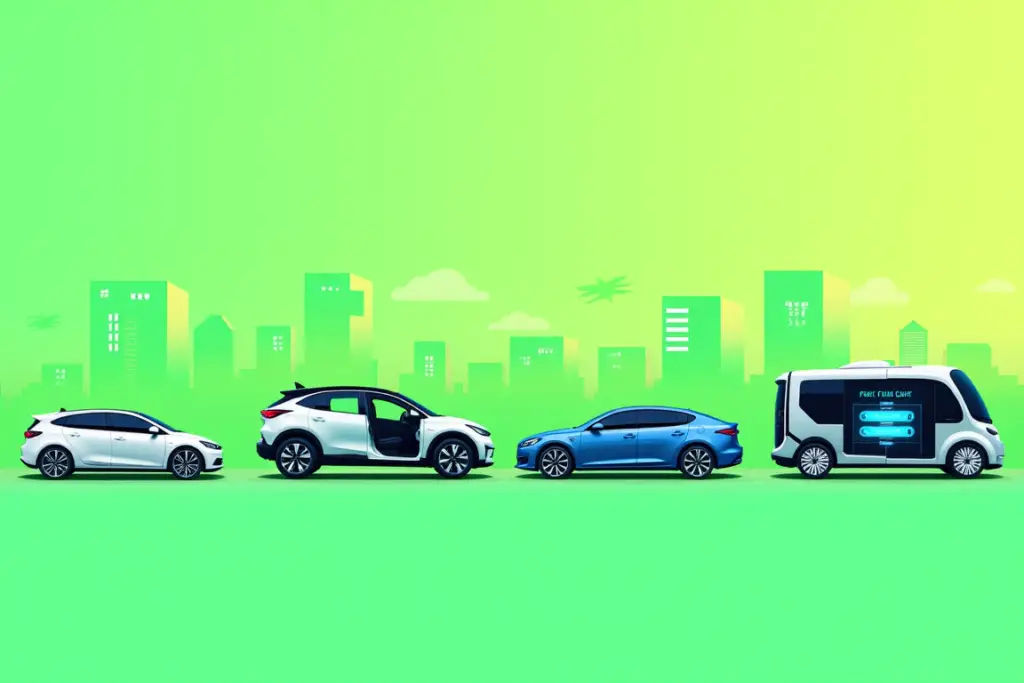
Tools for Electric Vehicle Design
Designing electric vehicles requires specialized tools and technologies. Whether you’re a professional engineer or a hobbyist building your own EV, the right tools can make a significant difference in the outcome of your project.
🖥️ Simulation Software
Before building an electric vehicle, it’s important to simulate its systems to identify any potential issues. Simulation software helps design and analyze the vehicle’s performance virtually. Some of the most popular tools include:
- MATLAB/Simulink: These are industry-standard tools used for system modeling and simulation. Engineers use these programs to simulate the performance of the vehicle’s powertrain, battery, and charging systems.
- ANSYS: ANSYS provides advanced simulation tools for testing structural integrity, aerodynamics, and thermal performance, all of which are important for electric vehicle design.
- Autodesk Fusion 360: Often used for 3D modeling of components and assembly. It’s especially helpful when designing the mechanical parts of an EV.
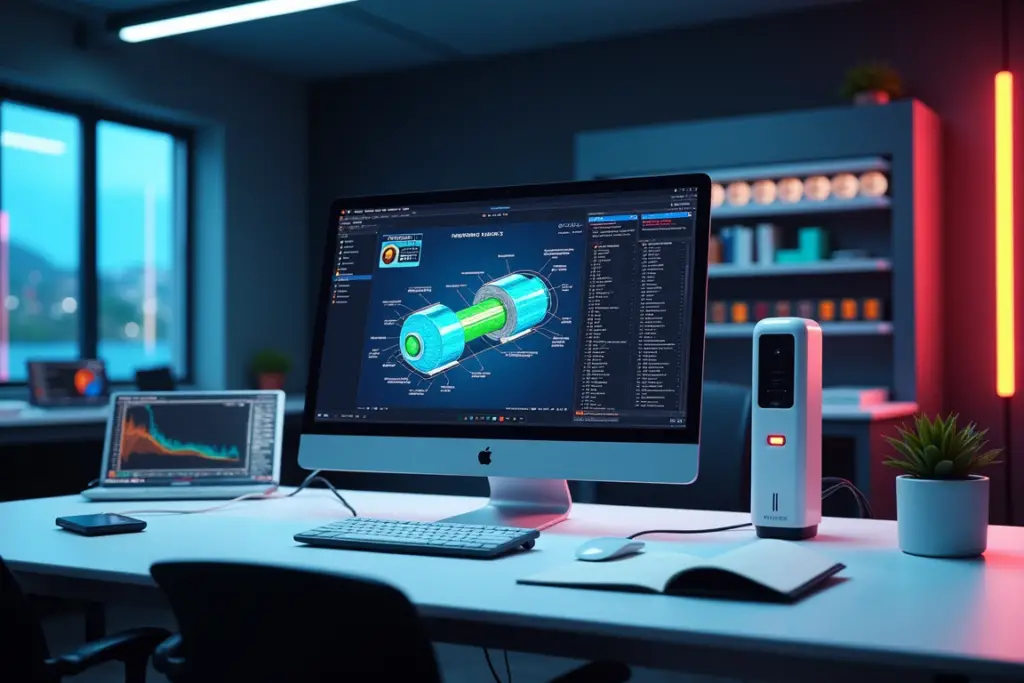
🛠️ Hardware Tools
Once the design is simulated, it’s time to bring it to life. Here are some essential hardware tools:
- Battery Analyzers: These are used to test the battery’s performance, ensuring it charges and discharges efficiently.
- Power Meters: Used to measure the energy consumption and performance of the vehicle’s electrical systems.
- Dynamometers: These devices test the performance of the electric motor and simulate real-world driving conditions, helping engineers optimize power output and efficiency.

Step-by-Step Guide to Building an Electric Vehicle
Building an electric vehicle can seem daunting, but breaking the process down into steps makes it more manageable. Here’s a simple step-by-step guide for designing an electric vehicle:
🎯 Step 1: Define Your Purpose
Start by determining the purpose of the electric vehicle. Is it for short commutes in the city? Or do you want to create a long-range vehicle for cross-country driving? The intended use will influence the battery size, motor power, and charging infrastructure needed.
✍️ Step 2: Select Key Components
Choose the essential components of your electric vehicle, including the motor, battery, inverter, and charging system. Some questions to consider:
- What range do you want your EV to have?
- What kind of motor power do you need for your desired speed and acceleration?
- Will you use a fast-charging system or rely on standard charging?
🧪 Step 3: Design and Simulate
Use simulation software to model the powertrain system, battery performance, and energy flow. This allows you to see how the components will interact and helps to identify any issues early on. Test different scenarios in the simulation, like driving at different speeds and using various charging methods.
🛠️ Step 4: Build the Prototype
Assemble the components into a working prototype. This involves installing the motor, battery, and other components into the vehicle frame. At this stage, it’s crucial to ensure that the components fit properly and that the wiring is correct.
🔧 Step 5: Test and Optimize
Once your EV is assembled, conduct real-world testing. This includes:
- Charging the battery to check charging time and efficiency.
- Driving the vehicle to test performance, including acceleration, speed, and range.
- Monitoring energy consumption to ensure that the vehicle operates as efficiently as possible.
Use feedback from testing to optimize the vehicle’s design, whether that means adjusting the battery size or modifying the motor for better performance.

Common Challenges in EV Design
Designing and building an electric vehicle can come with its fair share of challenges. Here are some common issues and how to overcome them:
⚡ Battery Range
- Problem: EVs can suffer from limited range, causing range anxiety for drivers.
- Solution: Use higher-capacity batteries and implement energy-efficient technologies, such as regenerative braking, to extend range.
🔊 Noise Interference
- Problem: Electrical components can produce noise or electromagnetic interference, which affects performance.
- Solution: Incorporate proper shielding techniques and optimize wiring to reduce noise.
🚫 Overheating
- Problem: Batteries and motors can overheat, reducing efficiency or causing damage.
- Solution: Use liquid cooling systems to regulate temperature, ensuring optimal performance and longevity.
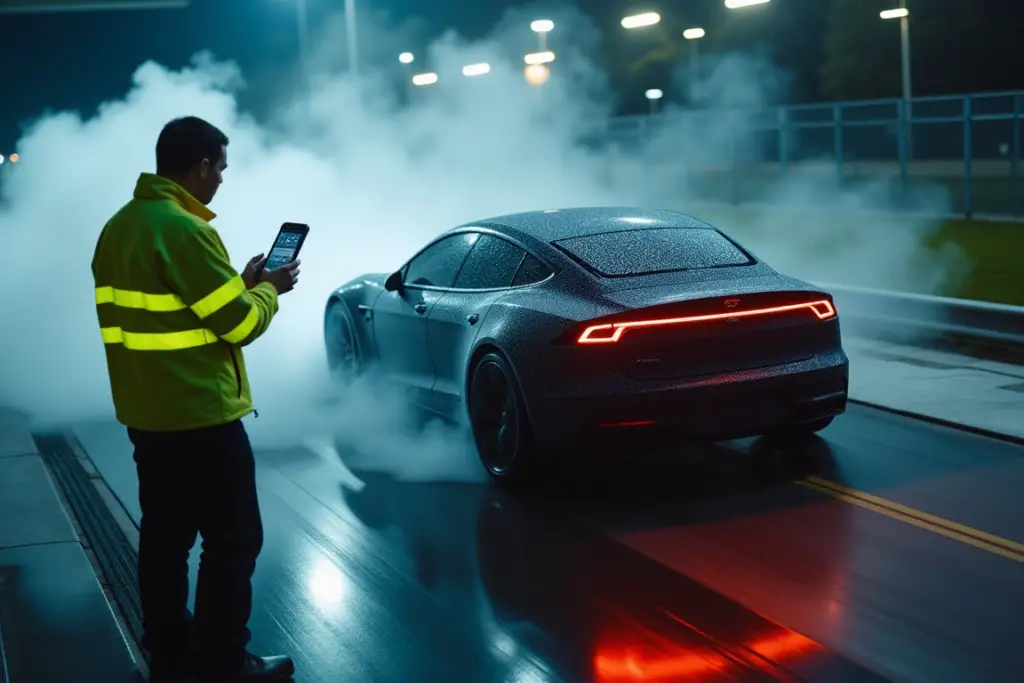
Practical Applications of Electric Vehicles
Electric vehicles are not limited to personal transportation. They have a wide range of applications across various industries.
🏙️ Urban Mobility
Electric vehicles are ideal for use in cities, where pollution and congestion are major issues. EVs are perfect for car-sharing services, electric taxis, and urban delivery solutions, as they are quiet, efficient, and produce zero emissions.
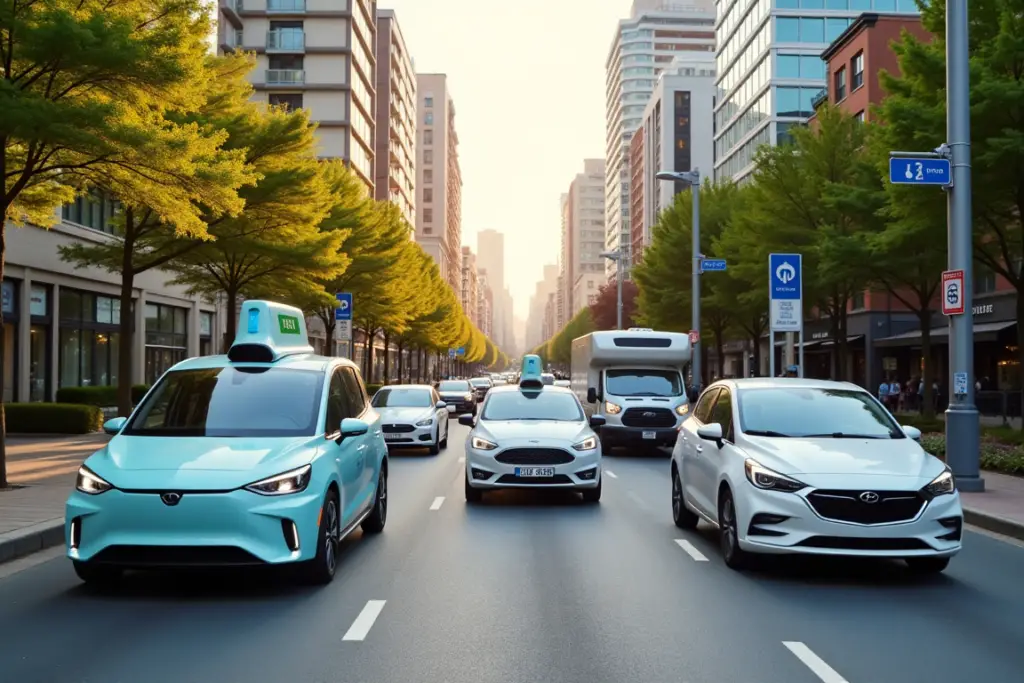
🚛 Commercial Transportation
Electric trucks are becoming increasingly popular in the commercial transportation sector. Companies are using EVs for last-mile delivery, reducing the environmental impact of shipping goods. This trend is growing as the technology improves, offering lower operating costs and more sustainable logistics solutions.

🌍 Integration with Renewable Energy
Electric vehicles can be powered by renewable energy, such as solar and wind. By using clean electricity to charge EVs, the environmental benefits of EVs are multiplied, leading to a more sustainable transportation system.
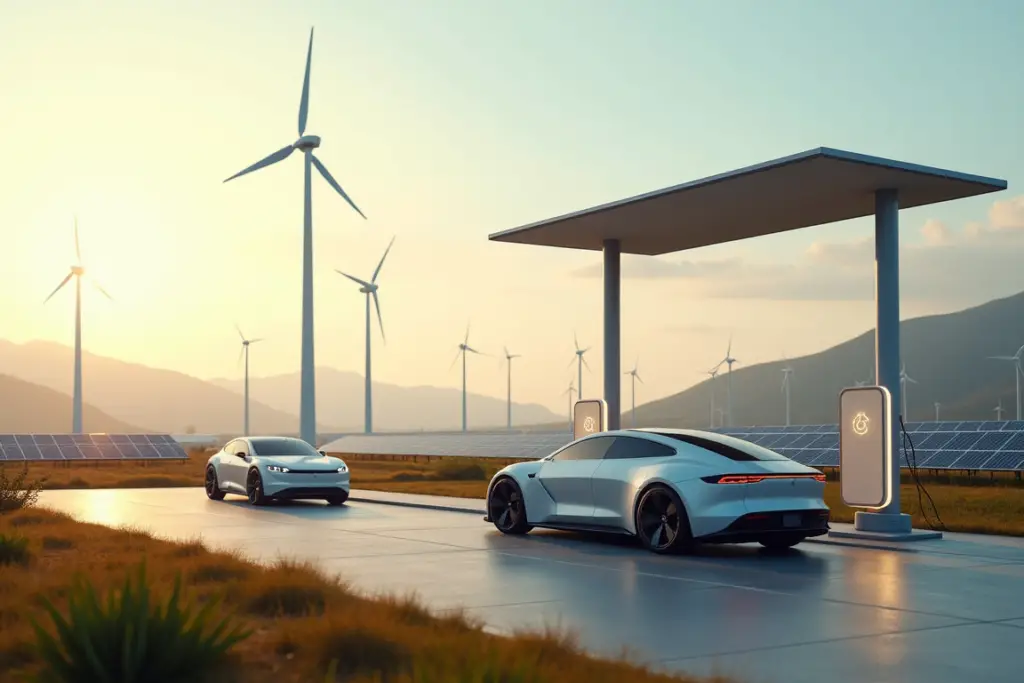
Tips for Beginners in Electric Vehicle Design
If you’re just starting with EV design, here are some helpful tips:
- Start Simple: Begin with small-scale EV projects, like electric bicycles or go-karts, to learn the basics before moving on to full-sized vehicles.
- Stay Informed: The EV industry is rapidly evolving. Keep up with the latest technological advancements and trends.
- Experiment: Don’t be afraid to try new ideas and test your designs. Learning from mistakes is part of the process.
- Join Communities: There are many online forums and communities where you can learn from others and get advice, such as Reddit’s EV subreddits or specialized Facebook groups.

Conclusion
Electric vehicles are not just the future—they’re the present. As technology continues to improve, EVs are becoming more efficient, affordable, and accessible. Whether you’re a designer, engineer, or consumer, electric vehicles are a vital part of the move toward a greener, more sustainable world. Let’s drive the future forward, one electric vehicle at a time! 🚗💨

